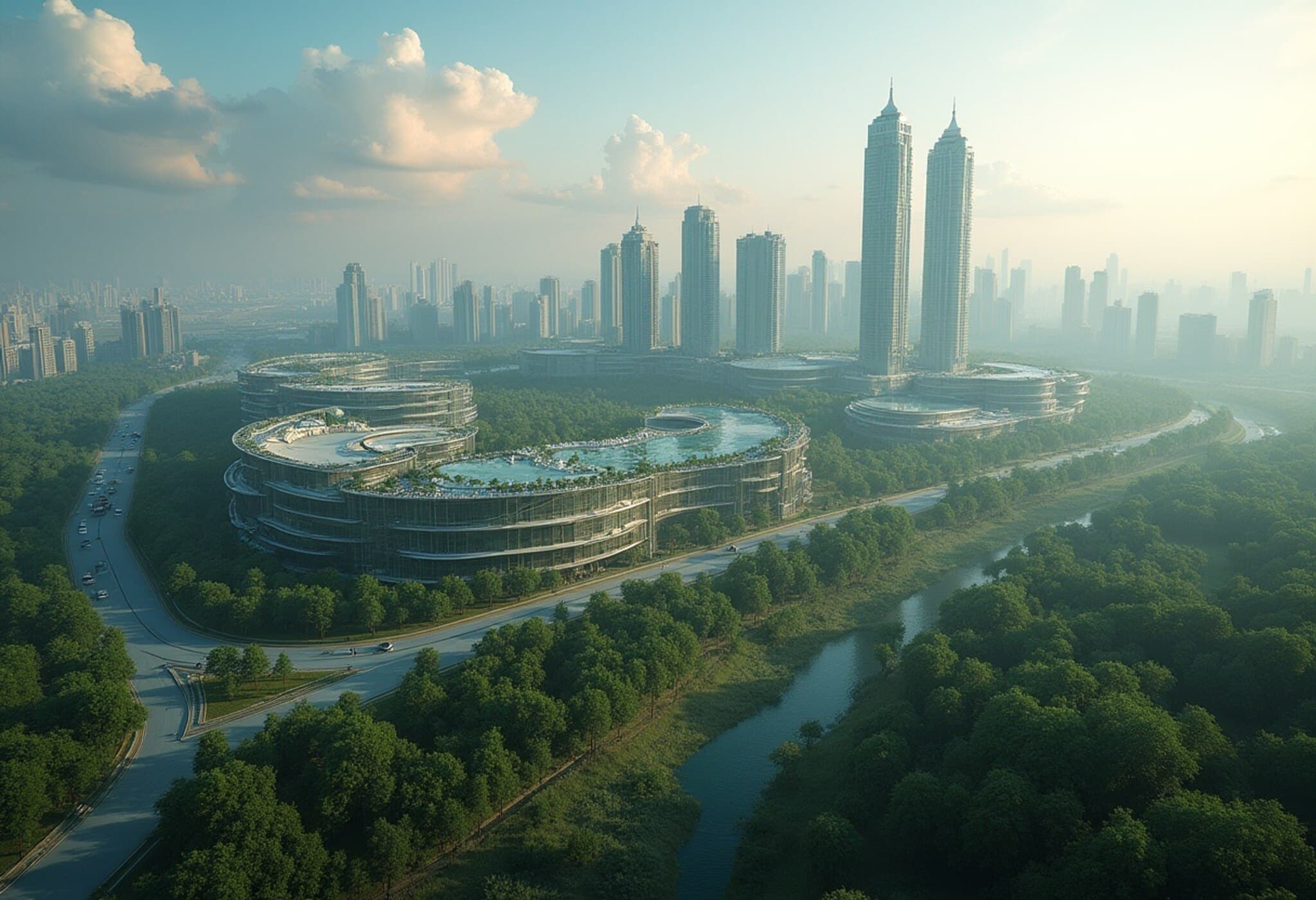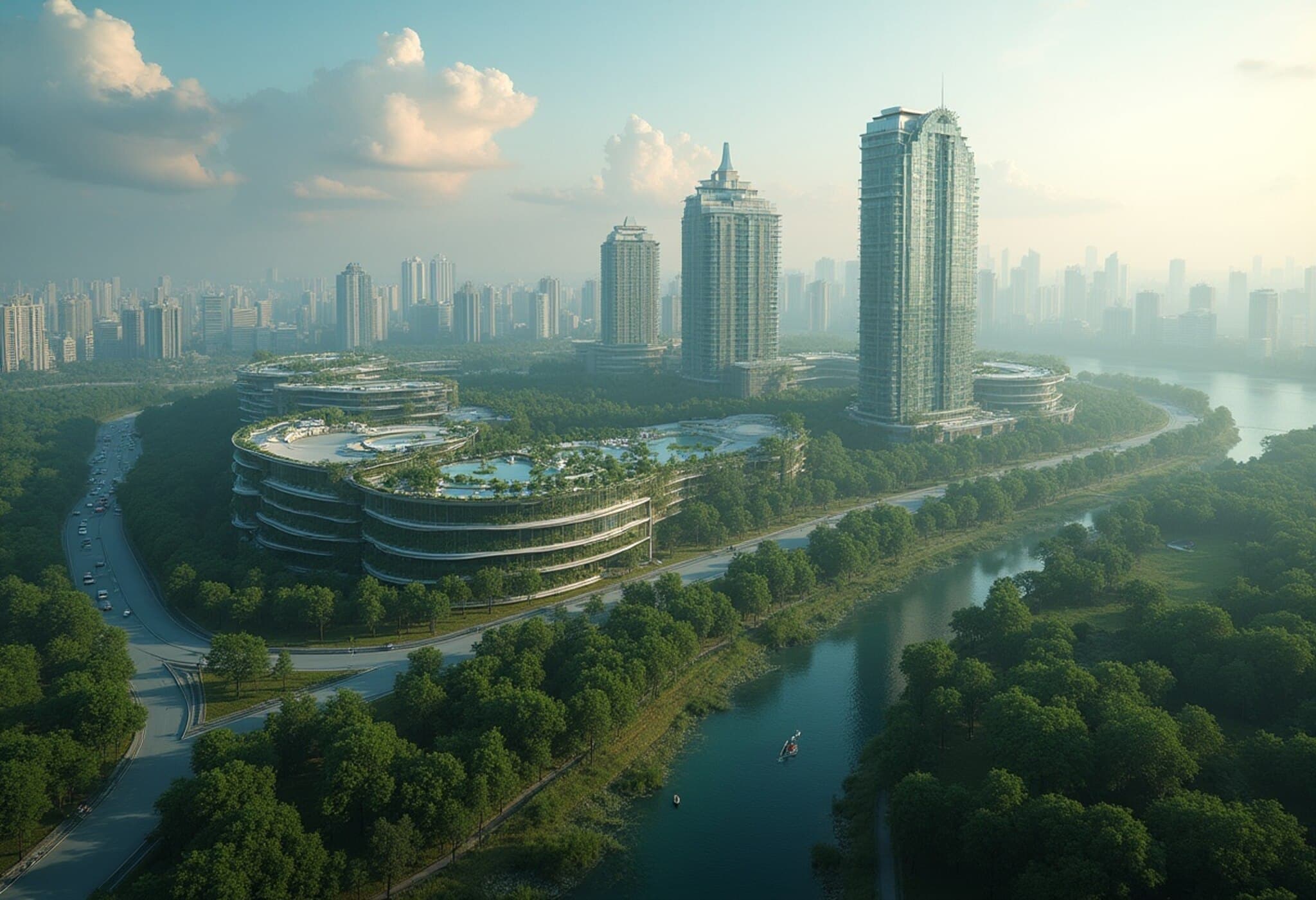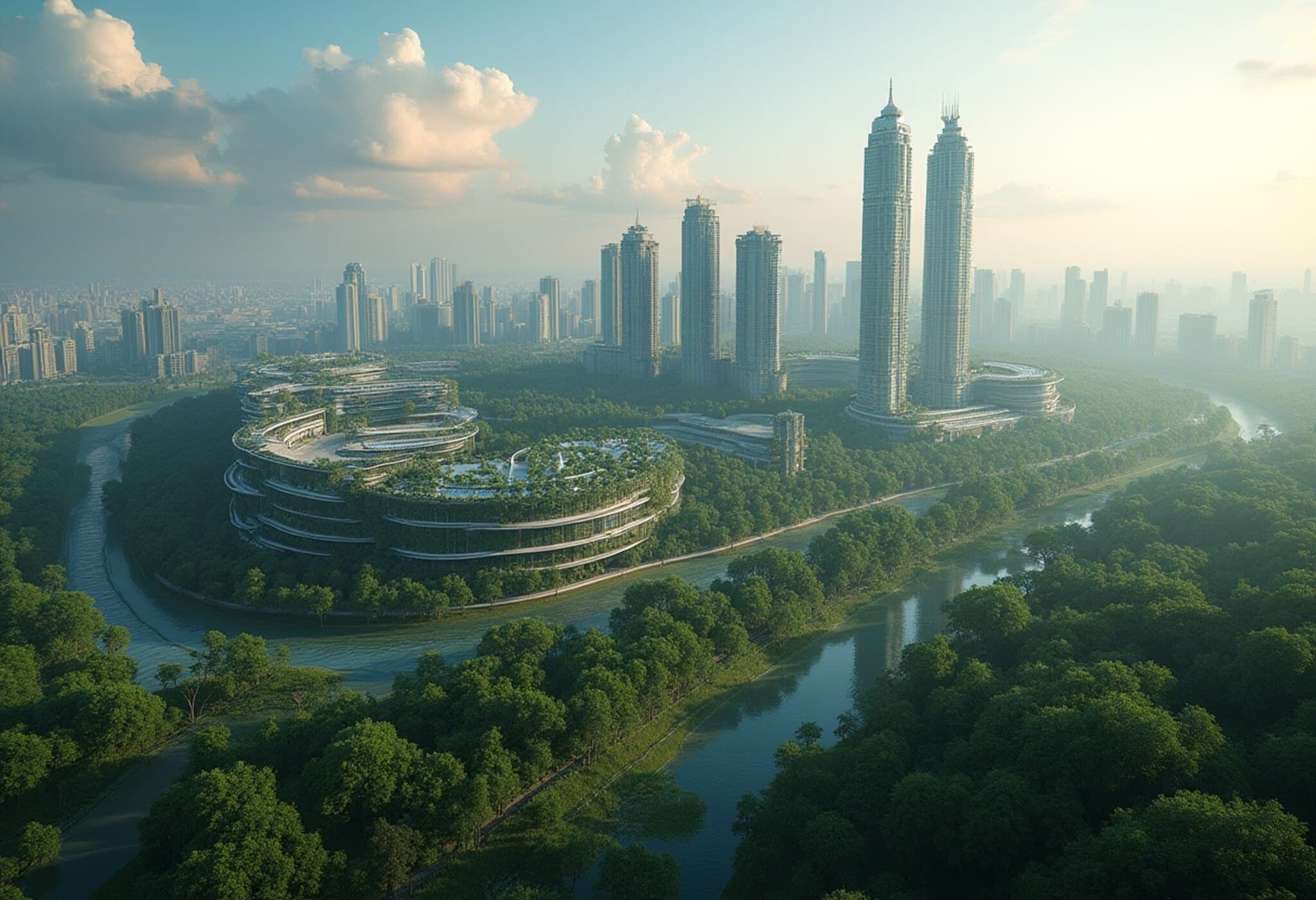The Vision of Forest City: A Modern Eco-Paradise
Conceived as a dazzling eco-friendly metropolis, Malaysia's Forest City was originally pitched as a $100 billion urban marvel designed to accommodate 700,000 residents. Situated along the southern coast, near the bustling border with Singapore, the project promised a futuristic blend of green architecture, smart technology, and international living — a potent recipe aimed at attracting global investors and residents alike.
Reality Hits: Financial Struggles and Unfinished Ambitions
Despite the grand vision, Forest City’s developer, Chinese conglomerate Country Garden, is now confronting severe financial distress. The ambitious development remains largely incomplete, with vast swathes of the cityscape dotted by empty condos and unfinished infrastructure. Thousands of residential units remain unsold, casting a shadow over the project's future and Malaysia’s larger economic aspirations tied to it.
Behind the Numbers: Why Has Forest City Struggled?
Several factors converge to explain the troubled state of Forest City:
- Financial Overreach: The sheer scale and upfront investment of the development placed enormous strain on Country Garden’s resources, especially amid global economic uncertainties.
- Regulatory and Political Shifts: Malaysia's tightening of foreign property ownership rules and rising nationalist sentiment dampened enthusiasm from international buyers, many of whom were Chinese investors.
- Environmental and Social Concerns: Critics raised alarms about ecological impacts and questioned whether the development would truly serve local populations or function as a speculative investment bubble.
Local and Regional Contexts
Forest City is emblematic of broader tensions in Southeast Asia, where ambitious Chinese-backed infrastructure projects under the Belt and Road Initiative have met mixed results. For Malaysia, this raises complex questions about foreign investment dependence, urban planning, and the long-term sustainability of such mega-developments.
Expert Insight: Lessons from Forest City’s Setbacks
Urban development experts emphasize that Forest City's predicament highlights a crucial lesson: mega-projects need to balance visionary planning with grounded financial models and deep engagement with local stakeholders.
Economist Dr. Lim Wei Han notes, "While international capital can jumpstart transformative developments, projects like Forest City must integrate socio-economic realities, regulatory climates, and environmental stewardship to succeed." The mismatch between top-down ambitions and on-the-ground needs can undermine even the most promising initiatives.
The Human Angle: Echoes from the Ground
Residents and potential buyers experience the fallout firsthand — a landscape of half-built towers and quiet streets far removed from the bustling urban dreams originally marketed. Questions persist about future governance, maintenance, and revitalization strategies, critical for avoiding the development becoming a ‘ghost city’.
What’s Next for Forest City?
Malaysia faces pivotal decisions on how to manage and potentially salvage this vast urban experiment. Options include recalibrating project goals to better align with local housing demands, inviting diversified investment, or restructuring partnerships to inject new capital and expertise.
The unfolding story of Forest City underscores the complexity of balancing economic ambition with community needs and fiscal responsibility — a cautionary tale for policymakers, developers, and investors worldwide.
Editor's Note:
The saga of Forest City raises pressing questions about the future of large-scale urban developments funded by foreign capital. How can countries safeguard their economic sovereignty while embracing globalization? Are mega-projects designed with people’s real needs, or do they risk becoming monuments of unfulfilled dreams? As Malaysia grapples with these challenges, the eyes of the global development community remain watchful, searching for insights that could shape smarter, more sustainable urban futures.



















